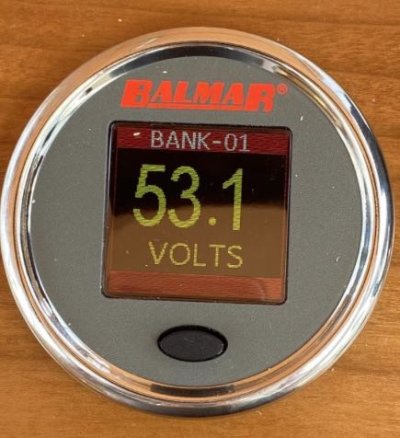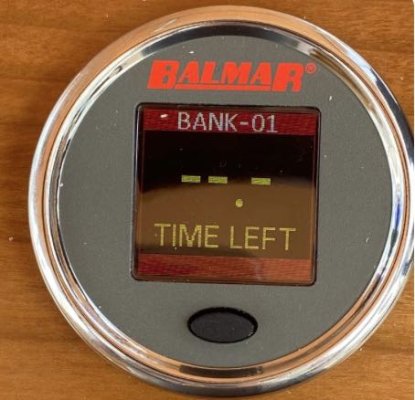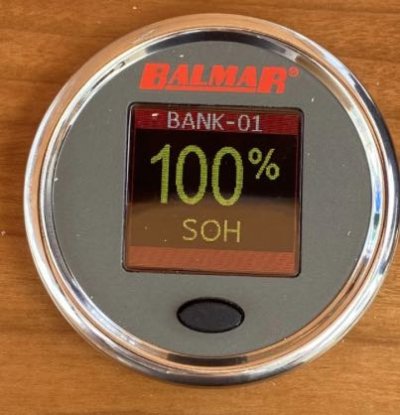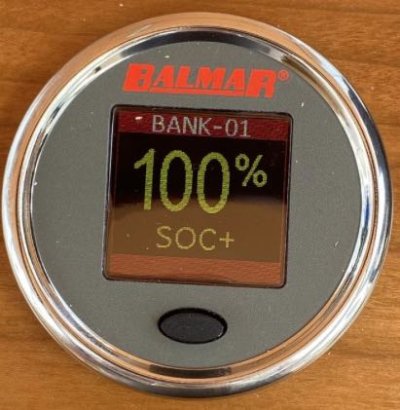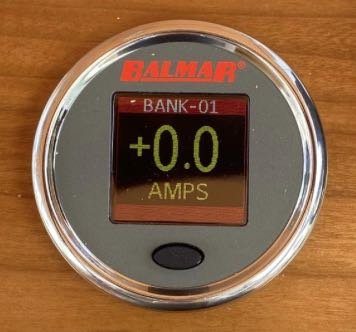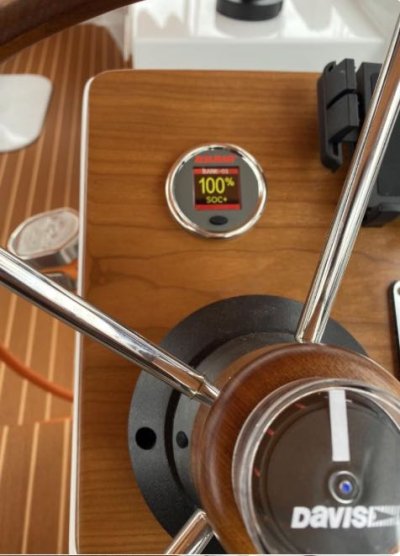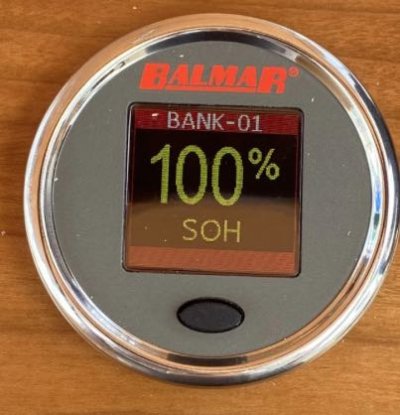Codger2
Guru
- Joined
- Oct 11, 2007
- Messages
- 6,691
- Location
- US
- Vessel Name
- Circuit Breaker
- Vessel Make
- 2021..22' Duffy Cuddy cabin
I have a 2021 Duffy 22' Cuddy and I just had a Balmar SG200 gauge installed. The Duffy presently has a E..⇡..F gauge but it doesn't tell you anything more than that. The SG200 tells me SOC, SOH (state of health--comparing the energy it had when the batts were brand new), volts, amps in & out, time to go in hours and minutes. You name it, I have owned Victron, Maretron, etc. over the years but this Balmar is the best I've ever experienced. The photos below shows what the gauge indicates when you scroll through the data with quick clicks on the button. The SG200 is a learning gauge and requires no re-calibrating after initial set up which is "dirt simple." Those indications were viewed with shore power connected and everything else turn off. As the boat runs, all those values change instantly as the battery slowly discharges.


